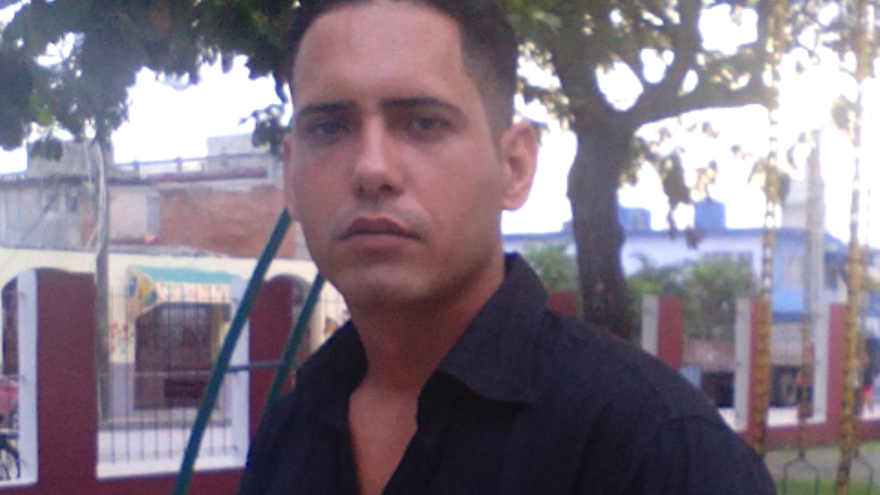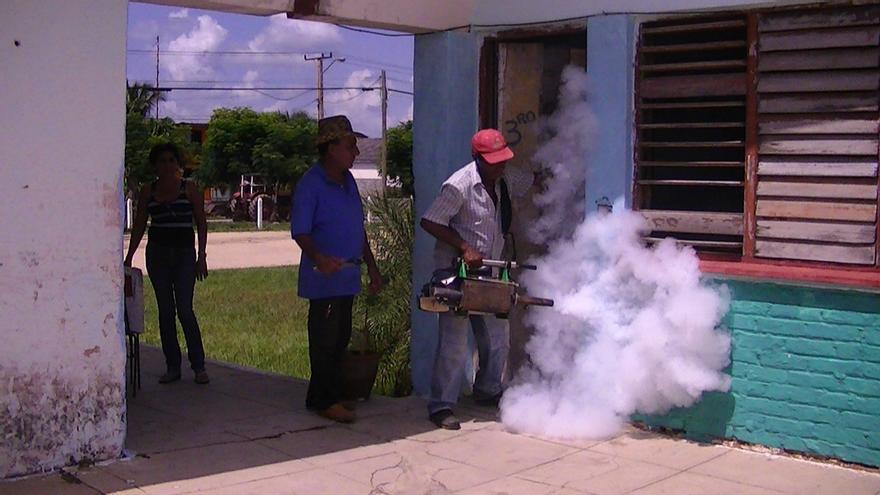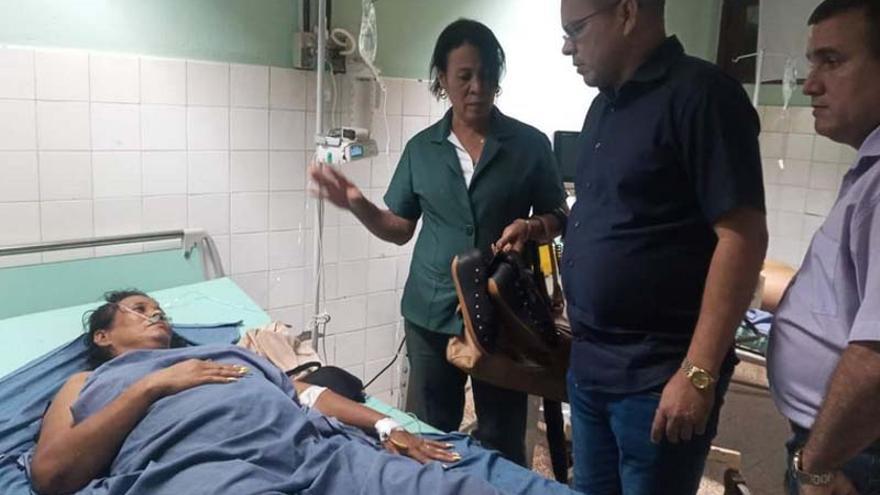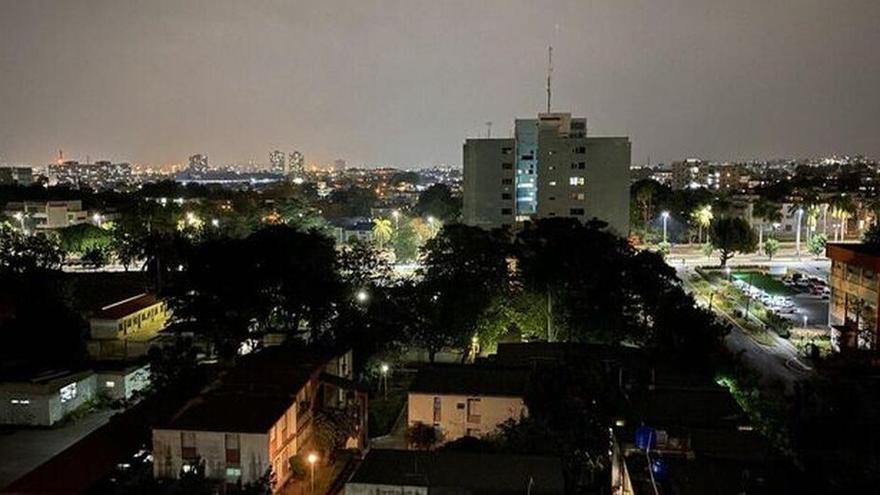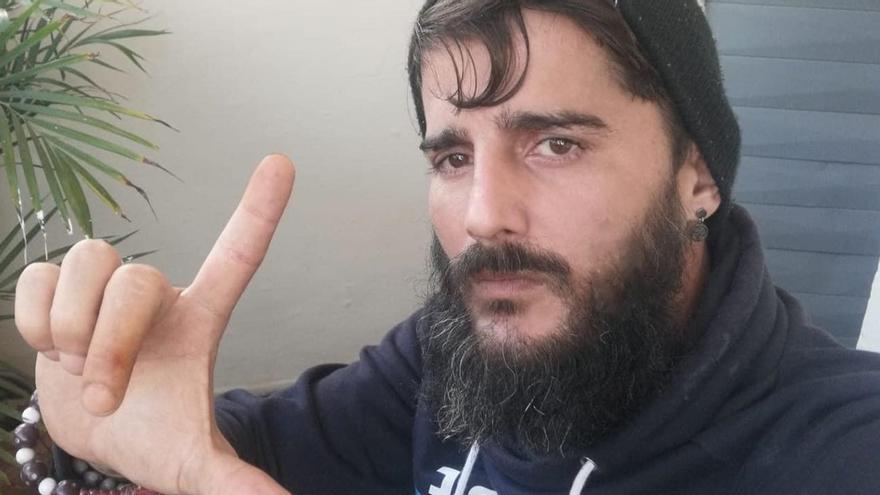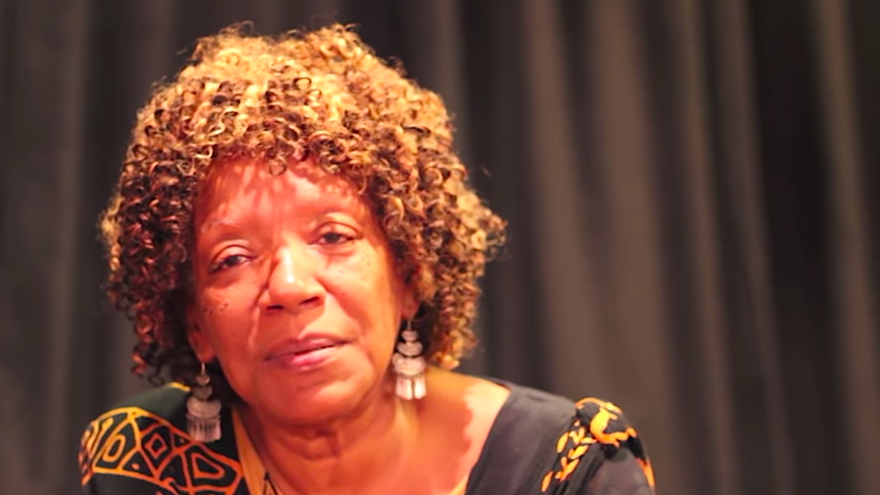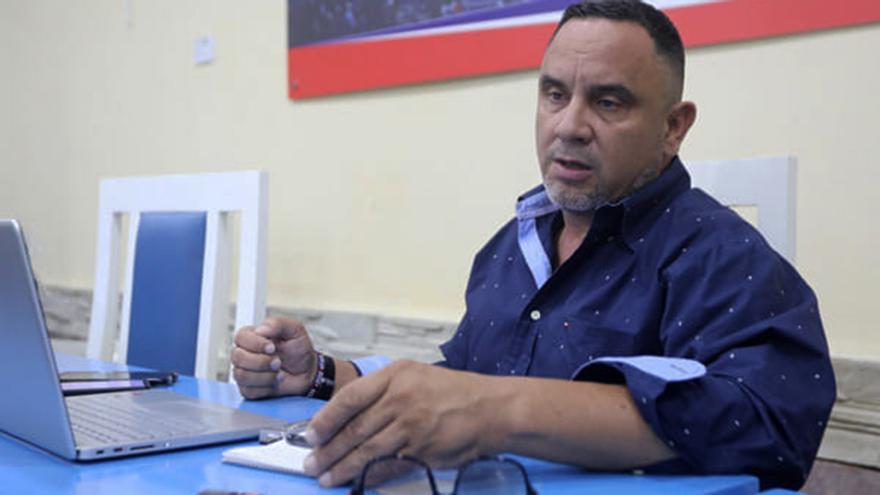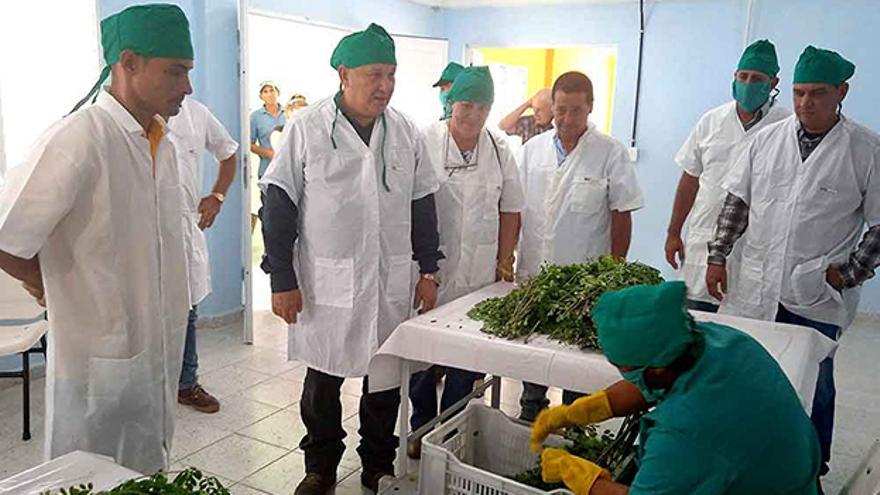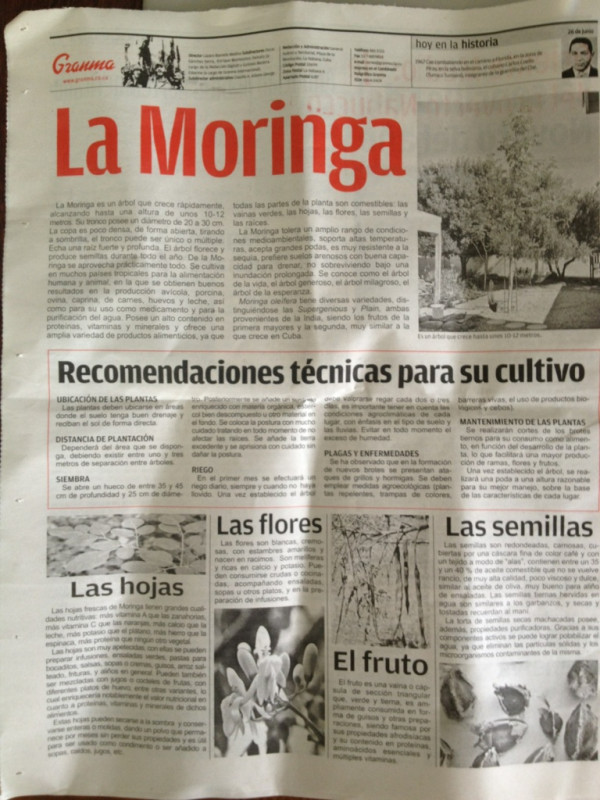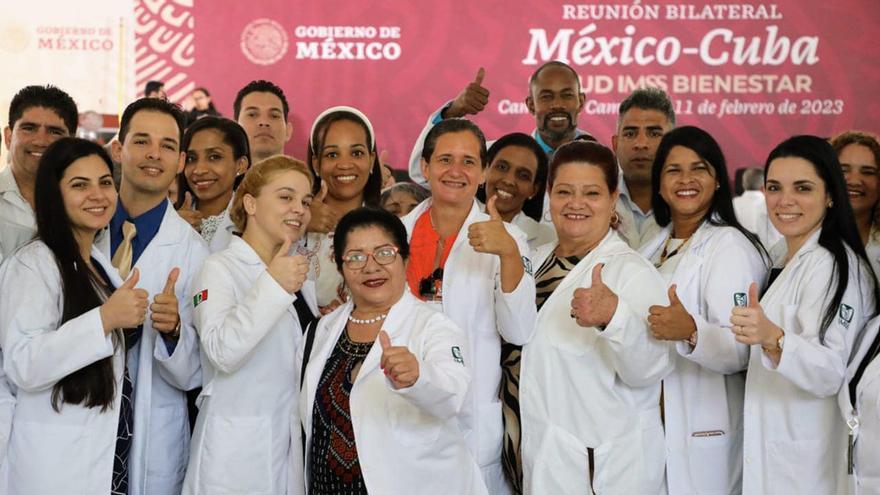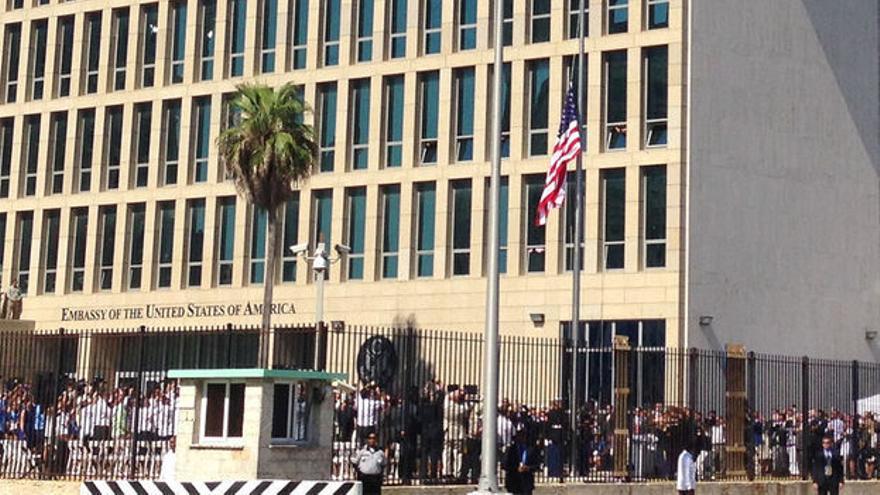
![]() 14ymedio, Havana, 30 May 2023 — The death of Anay Pérez is the 32nd femicide of the year in Cuba, a figure that predicts that sexist violence will take more lives of Cuban women than in 2022, when there were 34 events reported by independent organizations and media. Journalist Alberto Arego confirmed with sources close to the victim that her partner killed her this Monday in Guanábana, Matanzas.
14ymedio, Havana, 30 May 2023 — The death of Anay Pérez is the 32nd femicide of the year in Cuba, a figure that predicts that sexist violence will take more lives of Cuban women than in 2022, when there were 34 events reported by independent organizations and media. Journalist Alberto Arego confirmed with sources close to the victim that her partner killed her this Monday in Guanábana, Matanzas.
According to Arego’s report, a friend of the victim confirmed that the man, identified as Yosvani Torreblanca, killed her in the bathroom of her home around 3:00 in the morning and then turned himself in to the police. “The mother was the first to see her. She had to be sedated because she was very upset. It couldn’t have been easy at all. They didn’t let us see her because she was disfigured,” he said.
“Tata, you left me like that all of a sudden. You didn’t deserve this. You were just a little girl of only 21 years old that everyone here in the neighborhood loved; your life didn’t have to end like this. We will miss you a lot,” the journalist quotes a family member.
The scene of this femicide is about 19 miles away from the small town of Cidra, in the municipality of Unión de Reyes, where last week a triple homicide of a couple and their eight-year-old son took place. The preliminary version given by the authorities and acquaintances of the victims is that the motive of the crime was robbery. continue reading
The murderer, a former soldier, first killed his father, Maykel González Medina, and threw him into a pit that was near a workshop. Then he went to the victim’s house, where he attacked Linet Lucia and her son. The family is survived by a daughter who was not at home.
Meanwhile, the list of femicides continues to increase, and in the last week alone three more deaths were reported. Last Thursday, the Yo Sí Te Creo [Yes I Do Believe You] platform confirmed the murder of a woman identified as Tomasa, in the Havana neighborhood of Luyanó in the early morning of May 24.
In addition, independent journalist Claudia Padrón Cueto confirmed the murder of Daniela Thalia Tasse Arias, whom her partner killed with a knife at the Luis Marcano school, in Bayamo (Granma). Another case was that of Yericel Hernandez González, murdered in Guantánamo by her husband last Friday.
In the first five months of 2023, February has been the deadliest, with 11 femicides reported by independent organizations that keep a record in the absence of official statistics. April follows with six deaths.
Last April, Miguel Díaz-Canel said that his Government will have “zero tolerance” for sexist violence, but Cuban legislation still does not classify femicide as a crime, despite the repeated calls of feminist organizations. A month after those statements, the Supreme People’s Court of Cuba reported that in 2022 there were 18 convictions on the Island for sexist murders. The institution said that the sanctions exceed 25 years in prison and that the convicts range in age from 20 to 44 years.
Translated by Regina Anavy
______________
COLLABORATE WITH OUR WORK: The 14ymedio team is committed to practicing serious journalism that reflects Cuba’s reality in all its depth. Thank you for joining us on this long journey. We invite you to continue supporting us by becoming a member of 14ymedio now. Together we can continue transforming journalism in Cuba.

